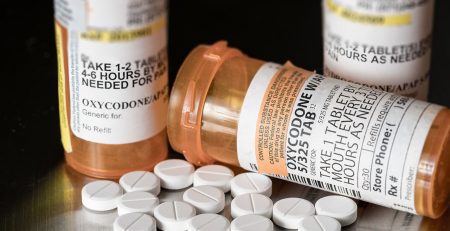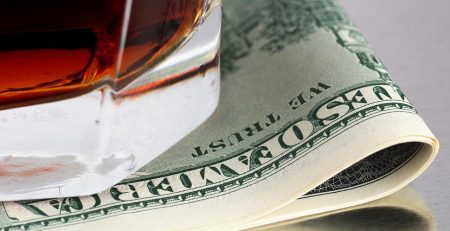For years, the phrase “drug abuse” signaled visuals of people stuck in a cycle of homelessness, illicit substances, and addiction. What is important is understanding that these things do not necessarily coincide with one another. In fact, recent years have seen an increase in a different kind of substance abuse, one that countless Americans struggle with.
If you or a loved one has ever experienced pain severe enough to warrant a doctor’s prescription, there is likely information given on both the benefits and dangers. Whether the relief is short-lived or long-lasting, it can be one of the most addictive sensations in the world.
As addiction rates continue to rise, Seaside Palm Beach examines why prescription painkiller addictions are so common and what you can do if you struggle with such dependence.
Different Kinds of Painkillers
Most commonly, prescription painkillers will fall into the opioid class of drugs. These are substances derived from the opium poppy plant and have historically been used to treat moderate to severe pain. They are also revered for their ability to produce sensations of relaxation or a high. This high results in the common use of opioids outside of a medical setting.
Common Opioid painkillers include:
- Morphine
- Oxycodone
- Fentanyl
- Buprenorphine
These are credited as some of the most addictive drugs the medical field has to offer. The tragicness is that many of those that suffer from this kind of dependence did not seek the substances out for irresponsible reasons. Rather, it was to, as the name suggests, relieve their pain.
Why an addiction to painkillers forms will solely depend on the person taking them. The patient may have greatly enjoyed the feeling of euphoria they experienced in the midst of their treatment, and then, to get the same effect, they double up their next dose. Other people will build up a tolerance and begin to experience their pain again and will falsely assume that taking an extra pill behind their doctor’s back isn’t a big deal. This can easily snowball from a habit to an addiction and one with life-altering consequences.
Dangers of an Addiction to Painkillers
How exactly this kind of addiction will affect the afflicted depends heavily on a number of factors, including the frequency of use, length of the addiction, and the person’s own genetic makeup.
The addicted individual can exhibit a variety of symptoms signaling the abuse, spanning from physical, behavioral, and psychological damages.
Some painkiller addiction symptoms to look out for are:
- Inability to stop taking the painkillers despite numerous attempts
- Social isolation
- Visiting various doctors in an attempt to receive numerous prescriptions
- Lying
- Slurred speech
- Psychosis
- Nausea and vomiting
- Growing tolerance
Common results of this kind of addiction include:
- Seizures
- Overdose
- Legal problems
- Thoughts of suicide
- Loss of job
- Homelessness
- Death
If you find yourself identifying with these symptoms, it may be a sign that an addiction has formed. Luckily, treatment is available and just a phone call away!
Painkiller Addiction Treatment
Accepting that dependence is present is one of the most courageous things a person can do. Seaside offers luxury drug and alcohol rehab in South Florida designed to effectively guide you on the road to recovery.
No matter what stage of addiction you are in, our drug and alcohol detox in Palm Beach is an excellent way to prepare the body and mind for the programs to come. You will be attentively guided through any withdrawal symptoms before beginning treatment.
To learn more about our high-end rehab, call Seaside Palm Beach at 561-677-9374 today.
Related Readings:













